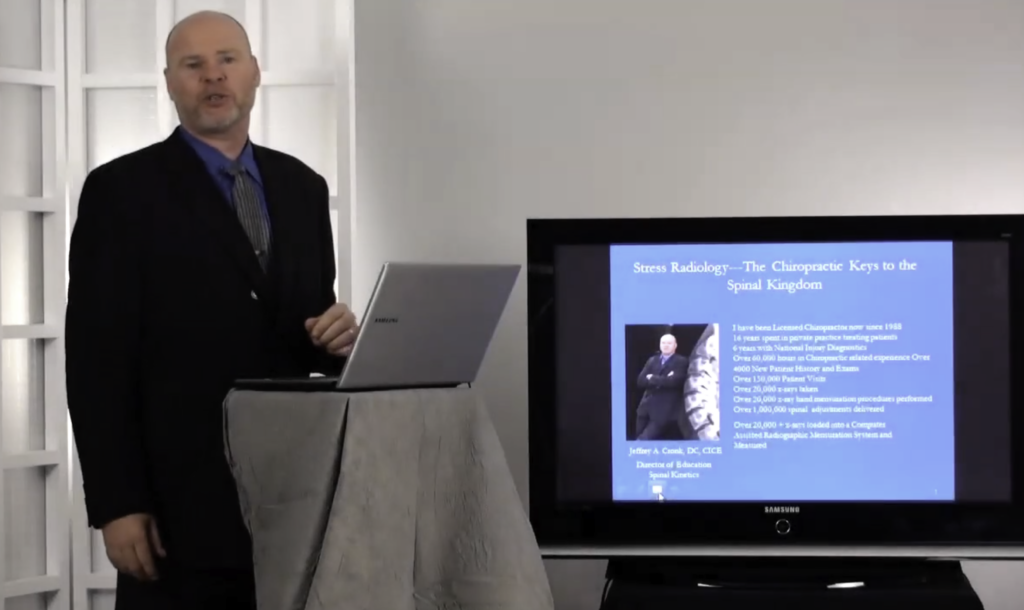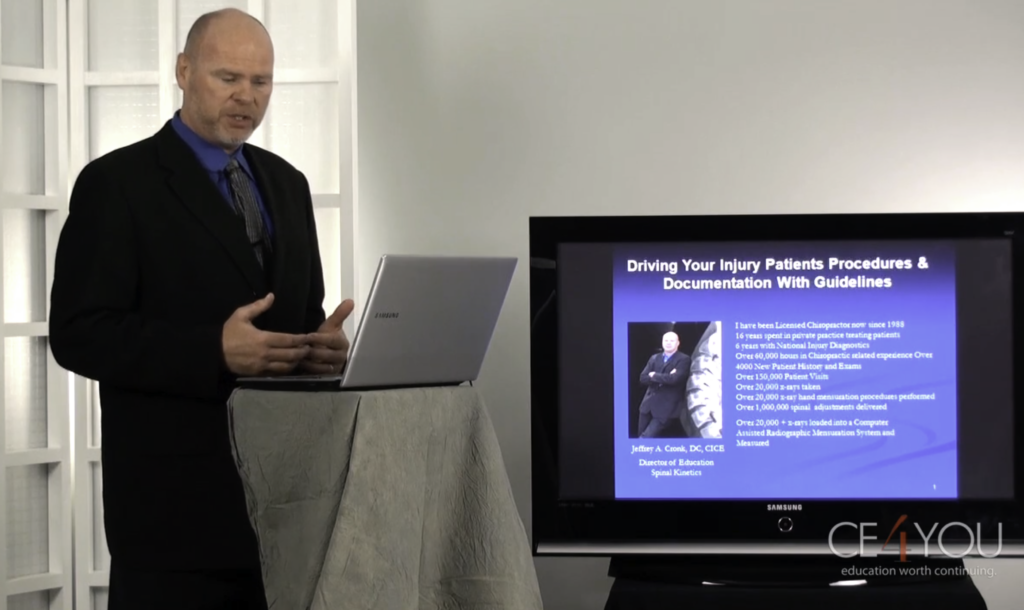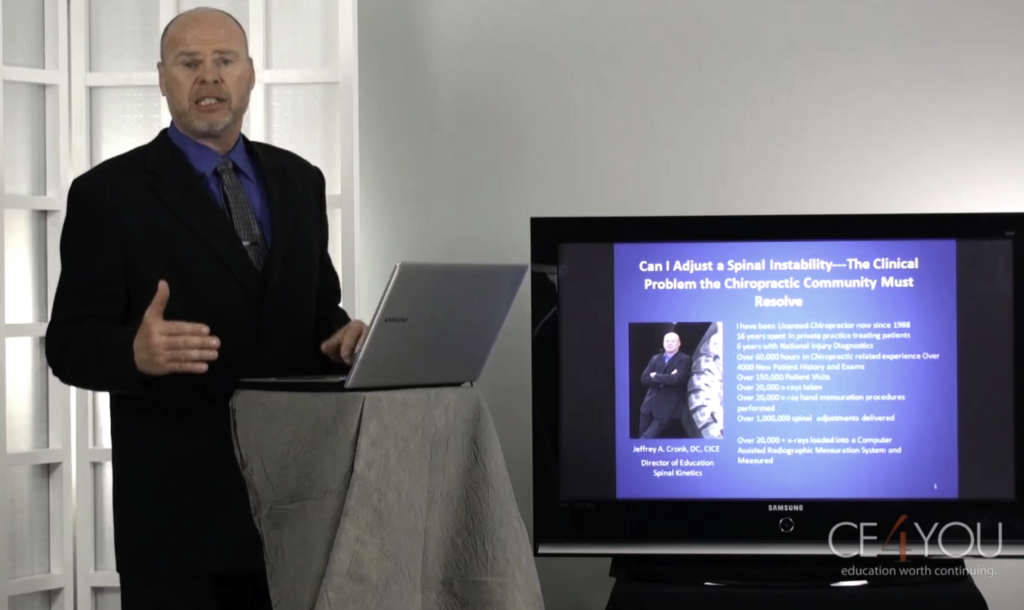Spinal Trauma, Hour 1 of 12, The Mechanism of Injury (Trauma, Subluxaton, and Spinal Instability)
Description: This course reveals the mechanism of injury and pain related to spinal trauma. It reviews radiographic findings and available treatment options.Objective: The practitioner will have a better understanding of spinal trauma. They will be able to diagnose spinal instability and discuss the various therapies available to deal with the condition.











